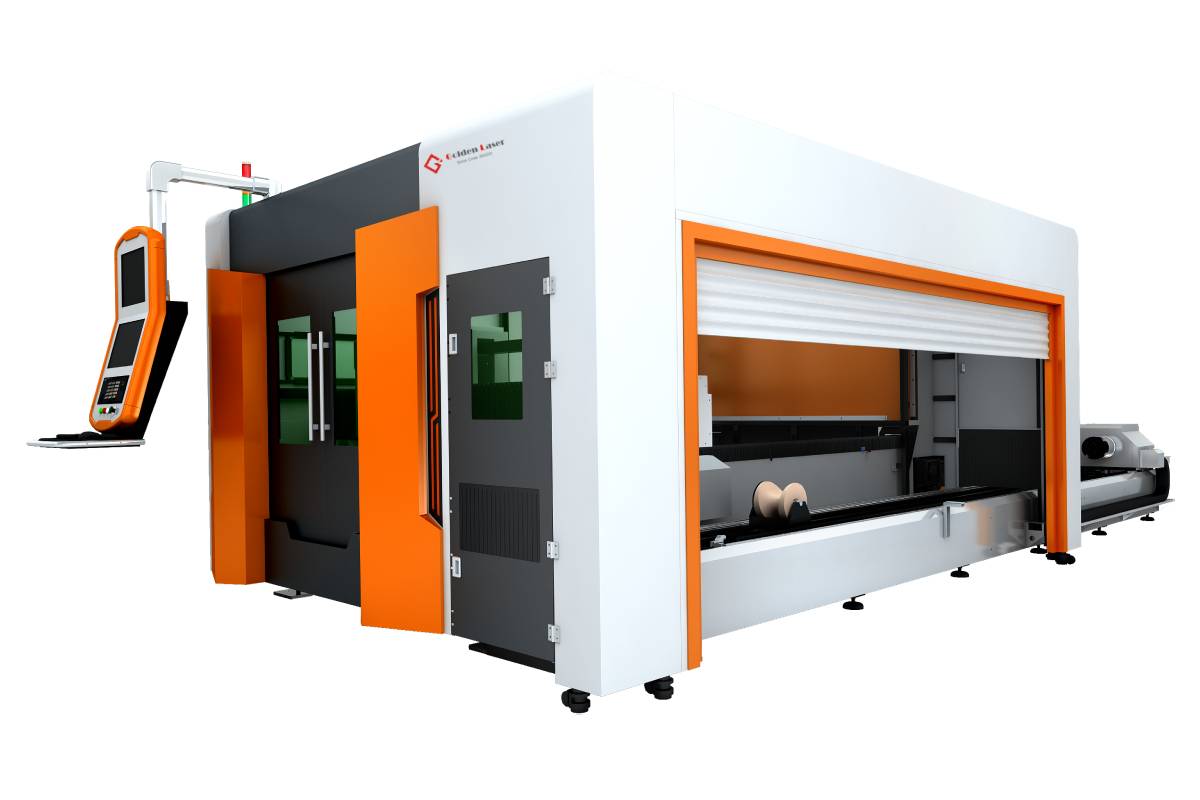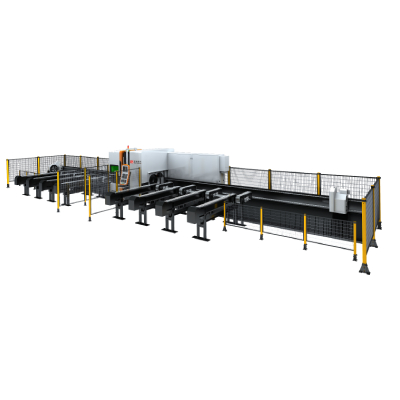****
In recent years, the furniture industry has witnessed an evolution driven by technological advancements, and among these breakthroughs, furniture metal laser cutting stands out. This cutting-edge technique has transformed how designers conceptualize, create, and manufacture pieces, offering new possibilities for customization, efficiency, and precision. In this article, we delve into the intricacies of metal laser cutting, its process, benefits, and the burgeoning impact it has on the world of furniture design.
Understanding Metal Laser Cutting
Metal laser cutting is a manufacturing process that utilizes focused laser beams to cut through various metals with high precision and minimal material wastage. The laser is a highly concentrated beam of light, which generates heat that melts, burns, or vaporizes the material. This method not only allows for intricate designs but also enables manufacturers to produce complex shapes that would be challenging with traditional cutting methods.

Revolutionizing the Furniture Industry: The Impact of Metal Laser Cutting Technology on Furniture Design and Manufacturing
The technology used in laser cutting has advanced so significantly that it can now handle a variety of metals, including steel, aluminum, brass, and even more exotic materials. Each of these metals presents its own set of challenges and advantages, but the laser cutting process remains consistent across the board, offering precision and reliability.
Benefits of Metal Laser Cutting for Furniture Design

Revolutionizing the Furniture Industry: The Impact of Metal Laser Cutting Technology on Furniture Design and Manufacturing
1. **Precision and Detail:**
One of the standout features of metal laser cutting is its precision. Designers can create highly detailed patterns and cuts that simply aren’t achievable with traditional methods. This level of detail allows for more artistic freedom and the ability to create visually striking furniture that can serve as artwork in any space.
2. **Customization:**
The trend of personalized and customized furniture is on the rise, and laser cutting technology fits perfectly into this narrative. Manufacturers can quickly adjust designs to meet client specifications, whether it’s a unique size, shape, or intricate detail. This flexibility not only meets consumer demands but also opens new revenue streams for manufacturers.
3. **Materials Efficiency:**
Metal laser cutting minimizes material waste by cutting precisely along desired lines. This efficiency results in lower costs for manufacturers and a reduced environmental footprint. In a world increasingly focused on sustainability, the ability to use materials judiciously is a significant advantage.
4. **Speed and Efficiency:**
The speed at which laser cutting machines operate is another factor contributing to their popularity. Unlike traditional tools that require manual input and adjustments, laser cutters can operate autonomously after being programmed. This efficiency allows for faster production times, enabling companies to meet tight deadlines without compromising quality.
5. **Robustness:**
Furniture created with laser-cut metal components boasts durability. Metal, as a material, is inherently strong, and when combined with the precision of laser cutting, it results in products that are both visually appealing and structurally sound.
Applications in Furniture Design

Revolutionizing the Furniture Industry: The Impact of Metal Laser Cutting Technology on Furniture Design and Manufacturing
The application of metal laser cutting in furniture design is boundless. From intricate table legs that feature delicate geometric shapes to elaborate lighting fixtures that beautifully diffuse light, the possibilities are endless.
1. **Tables and Desks:**
Metal laser cutting is widely used to create unique tabletops and intricate bases for dining tables and desks. Custom designs crafted through this method can elevate the aesthetic of a room, transforming functional pieces into focal points.
2. **Shelving Units:**
Stylish and modern shelving units can benefit from laser cutting, allowing for creative cutouts and shapes that provide both function and artistic value.
3. **Seating:**
From chairs to benches, laser-cut metal can bring a dynamic edge to seating solutions. The precision of the cuts can enhance ergonomic designs, ensuring both comfort and style.
4. **Decorative Elements:**
Beyond functional furniture, laser cutting allows for the creation of decorative pieces, such as wall art and sculptures. These can be made to match existing furniture, ensuring cohesion in design across pieces.
Challenges and Considerations
While the benefits are substantial, it is important to understand the challenges that come with using metal laser cutting in furniture production.
1. **Cost of Equipment:**
The initial investment in laser cutting technology can be significant. High-quality machines that can precisely handle various metals require a considerable capital outlay. However, many manufacturers find that the long-term benefits outweigh the initial costs.
2. **Material Limitations:**
Although laser cutting can handle a variety of metals, the thickness and composition can affect the quality of the cut. Not all lasers are equipped to manage all types of metal, which can lead to constraints in design options.
3. **Operator Skill:**
While the automation of laser cutting has reduced the need for manual intervention, skilled operators are still required to program the machines and ensure quality control. This requirement necessitates training and expertise, which can sometimes be a barrier for smaller manufacturers.
The Future of Furniture Metal Laser Cutting
The future looks bright for furniture metal laser cutting, with continued advancements in technology promising even greater efficiency and capabilities. Companies are likely to see improvements in laser speed and precision, potentially introducing new materials into the mix. Furthermore, as more consumers prioritize sustainability, the eco-friendly aspects of laser cutting could further enhance its appeal and adoption.
In conclusion, furniture metal laser cutting is reshaping the landscape of furniture design and manufacturing. Its ability to offer precision, customization, efficiency, and robustness makes it an invaluable tool for today’s designers and manufacturers. As the technology continues to evolve, we can expect even more innovative applications that will push the boundaries of what is possible in furniture design, creating unique and lasting pieces for generations to come. The marriage of artistry and technology through laser cutting exemplifies the future direction of the furniture industry, promising an exciting journey ahead. Double table 3000 Watt Fiber Laser
